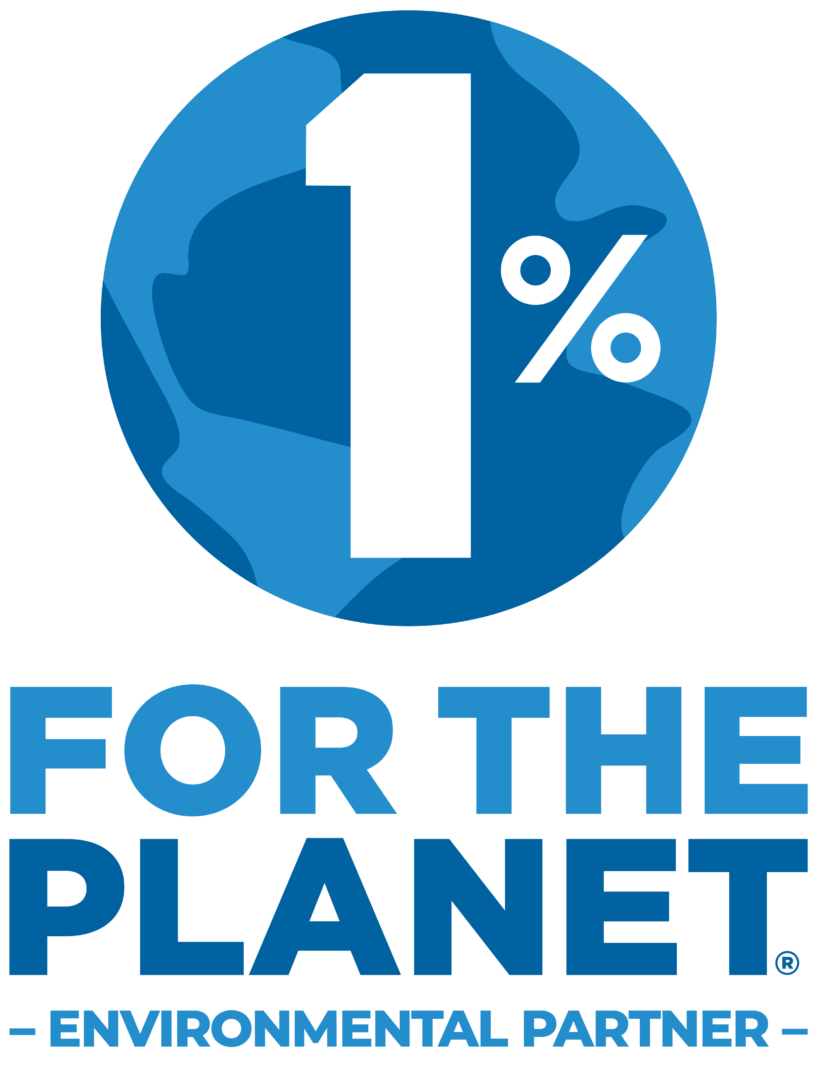I finally had the opportunity meet some of the partnering farmers in person and see up close the work that the smallholder farm success is producing that our Dominican Republic colleagues make possible. Seeing this was a treat. From cacao in Ozama the first day to coffee in Nizao to another cacao project in Ozama on the third day, we were able to visit three different examples of the Plant With Purpose program in three different stages of development producing smallholder farm success. This visit allowed us to see how the program produces results over time.
Our microbus wound through gravel and dirt roads. We were on the way to Ozama, to visit the parcels of Junior and Teresa, a married couple. As we drove, we passed through a number of very small towns and villages. At every turn were small booths where lottery tickets are sold.
This drove home an experience we read about in reports from the field: too often, people let their money drain away through gambling when they see no prospect of a better life. People saw no reason to save. One felt a palpable sense of despair. This contrasted all the more sharply with the smiling faces and energetic strides of Junior and Teresa, who took us to see their parcel that holds their smallholder farm success.

Cacao and Bitter Oranges in Ozama
The hike to the parcel was long, steep, and slippery. We partner with farmers who cultivate land on steep and eroded hillsides. I knew this but now this will no longer be a mere abstraction! This rigorous hike was nothing more than Junior’s daily commute to work. It made us want to know more about the historical processes that have pushed and continue to push the most marginalized populations towards the least desirable lands. Nevertheless, rather than see themselves as besieged, Junior and especially Teresa were brimming with pride over what they’ve accomplished, and rightly so.
Their land extends over 3.5 hectares – larger than the typical smallholder farm of 2 hectares – and they have great plans for continuing/expanding. It inspired a deep respect for them and their work.
Teresa insisted on taking us further on to see more of their smallholder farm success, so that we could see her new, up-and-coming grove of bitter oranges, and we were of course glad to do so. Earlier, along the way to the cacao plants themselves, we had passed a sign designating the plot as a certified agroecological plot, in which the use of chemical inputs was forbidden, along with a host of other actions ranging from slash-and-burn practices to child labor and forced labor. It seems that the certification came from the DR-based Fairtrade cocoa cooperative, CONACADO, with the participation of a number of other fair trade and agricultural bodies.

All in all, this was an encouraging example of what the Plant With Purpose program can accomplish in their lives producing these smallholder farmer success stories.
In the afternoon, we strolled to the parcel of Tomas to plant trees on his land. The stroll illustrated vividly what Durbel had told me earlier: a lot of the land in the area is pasture land for cattle, owned by larger landowners, for both beef and milk for export. Because smallholder farmers are used to thinking of cattle-owning as something prestigious, to which they should aspire. The Plant With Purpose team does consciousness-raising and teaches that this is not good for the earth because it uses up a lot of land, and moreover leaves the land unprotected from the sun. It’s better to plant shade trees and do agroecology to attain smallholder farm success.
The photos of the tree–planting portion of the day clearly show large, flat plots of pastureland on either side of a steep, forested hill – which was Tomas’ land (not incidentally he, apparently somewhere in his sixties or seventies, plants 400 trees in one day).
Coffee in Nizao - and the Savings Group Meeting
The visit to Nizao was the first visit to this newer watershed, where the Purpose Group we visited had started just a year ago. Because coffee grows at a higher elevation, the site we visited in Nizao meant a considerable climb into the mountains. Along the way we passed by extremely large, extensive greenhouses in which are cultivated vegetables for export.
At the top of the hill, the houses were brightly colored houses and almost all bordered with flowers. Here we met Juan and Juana and visited their lands as well. Juan showed off his coffee mill and explained the washing and drying processes. A friend of his, expressed that most farmers – though not all – own coffee mills and offer the use of them to those who don’t.
It was a treat to finally meet some of the partnering farmers in person and see up close the work that they do and that our Dominica colleagues make possible for smallholder farm success. The range of experiences was useful: cacao in Ozama the first day (interspersed with banana, bitter orange, avocado, limoncillo, and other fruit trees); coffee in Nizao on the second day (interspersed with other fruit trees as well, such as lime, passionfruit, again bananas, and others); and then again cacao in Ozama on the third day.


Later, our group went to visit the Purpose Group as it held its weekly meeting. The group’s name is, “Ahorro Para el Futuro,” which can mean both “Savings for the Future” and “I Save for the Future” – a play on words which rather nicely captures things. The proceedings were conducted with impressive solemnity and in total silence. Most of the loans seem to be for consumption needs (e.g., repairs, children’s schooling, emergencies, etc.) rather than production (investment in agricultural inputs or as capital to start a small business). This is normal given that the group is still new. With time, our local staff anticipates that loans will more commonly go into production needs. The social fund component of the savings group is used for medical needs (apparently the members’ only means to pay for health care).

Social Energy
Juan is in about three groups in the area: La Yuca; El Cacerio; and Ahorro Para el Futuro, the Purpose Group we visited. He also explained that there had been three associations, of up to 10 members each; and that once there were three such groups, they got rolled together into a Purpose Group, of 25 members in total.
There seemed to be a lot of social energy in Rancho Arriba, and it would be interesting to learn more about the relationships among the various groups.
Back to Ozama – and the Cacao Forest
On the third and final full day we returned to Ozama and visited the cacao forest of Pastor Rogelio. One impressive highlight among many was Pastor Rogelio’s son Henry’s observation that the cacao buyers are now making allowances for the impact of climate change in their pricing, so that the smallholder farmers are not hurt. The dry weight of the cacao is typically one third of the wet weight. However, due to drought, the wet weight has been decreasing, meaning that dry weight as a proportion of wet weight is therefore higher. We were informed that the cacao buyers are now compensating the farmers (whom they pay for wet weight) for the discrepancy which helps smallholder farm success come more equitably.
Along the way, we got to chat with Eugenio (the longest-serving of the Dominican team members), who had a wealth of knowledge about how the partner stories are collected, since he does the collecting.

After lunch, we visited a Bible study led by Pastor Rogelio, who introduced us and explained that the group included both new converts and older followers, and that they work in small cells (i.e., small church groups). The reading was John 13: 1- 18. He asked the attendees about the content, then discussed its meaning.
“What are some challenges that you face?” He asked.
“You preach the Gospel, but people go another way,”
Another person: “At first it was hard. We, also, need to progress spiritually.”
The meeting ended after a short time, and we said our goodbyes.
Final Reflections
It was very gratifying and energizing, just as everyone who comes back from a Vision Trip says it is, to see one of Plant With Purpose’s country programs in person. Meeting and spending time with the local staff was a treat as was seeing all the smallholder farm successes.

















